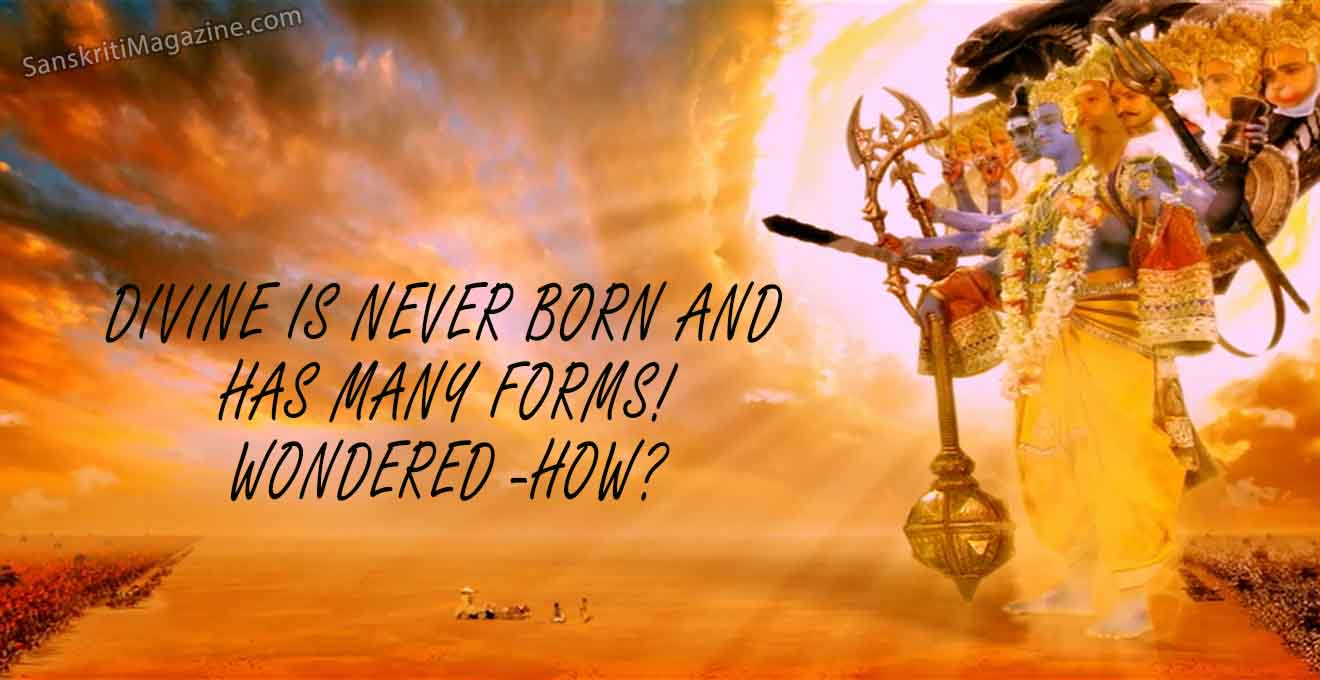The Sanskrit term for conversion of religion is dharmaparivartana. There is no established term for this subject in classical Tibetan texts, I do not know if there is a term for it in Chinese. However, the concept of changing one’s religion voluntarily does figure in the Buddhist context. This means that when an adherent of a particular religion sees specific beneficial features in a religion other than the one he was brought up in, he may choose another religion out of his conscious will. A Tibetan word coined for this means to switch from one religion to another.
The word is chos-lugs sgyur-ba. The main purpose of religion is to reach salvation, not material gain. Hence, with the pure thought of benefiting to reach salvation or to help others find the path, if the need to change one’s religion is strongly felt, switching over is totally in conformity with recognised principles. In causing others to change the religion, it may be a situation of somebody doing so as a result of any act of another person. In this case, there is need for careful scrutiny.
Find out:
1. Is the change of religion a result of religious discourse or preaching?
2. Is it a case of enticement to cause other people to change their religion?
3. Or is the change the result of the push and pull influence exerted?
The first situation prevails throughout the history of religion, and is an accepted practice today. Many religious traditions have sent dharmadoots (faith messengers) to other lands to preach their dharma or religion, and in a way it is considered to be a pious act or their dharma (religious duty).
If, however, the case is either of the second or the third, then there is a need for careful consideration. Social and economic considerations could be reasons for change. One religious system may give a person better status in society than the other. It may offer better chances of livelihood and education. In such cases, individuals should be given the freedom to change or not change their religion, there should be a proper procedure and mechanism acceptable to the concerned parties and the community.
Forcing change of religion and luring people into one’s own religion by applying different methods and using means that do not conform to any accepted norms, is not acceptable. Dharma preaching should not only be done with honesty, but it should seem to be so. It is often said that to follow the religious culture in which one is brought up, is the safest and best way of religious practice. My understanding of that statement is that embracing a new religion with consideration of temporary gain may seem to be fine in normal situations in life, but in crucial moments such as death, there could be a possibility of immense confusion.
Of course, it is a totally different situation in the case of having a strong foundation established in the new religion. With the exception of ascetic persons, normally the inspiration for religious people should be threefold:
- one, to be happy in life,
- two, to be comfortable at the time of death,
- and three, to have a feeling of safeguarding beyond life.
These three, therefore, are the touchstones which can help one decide which religion to follow and whether to change one’s religion or not.
~ by Lama Doboom Tulku, as told to Sudhamahi Regunathan.











